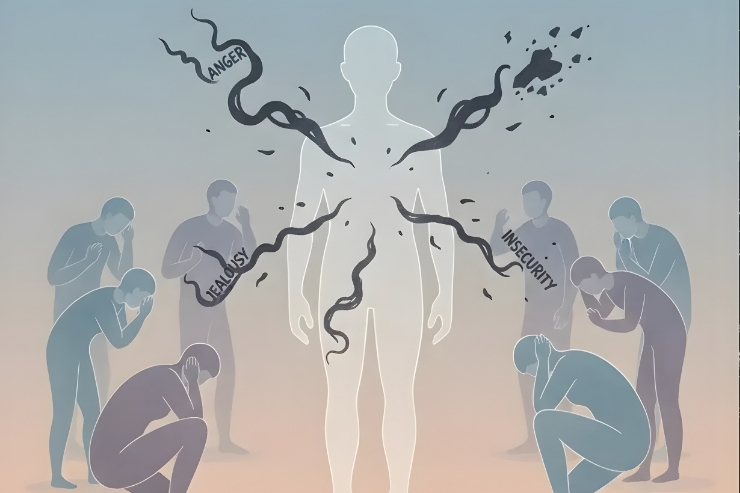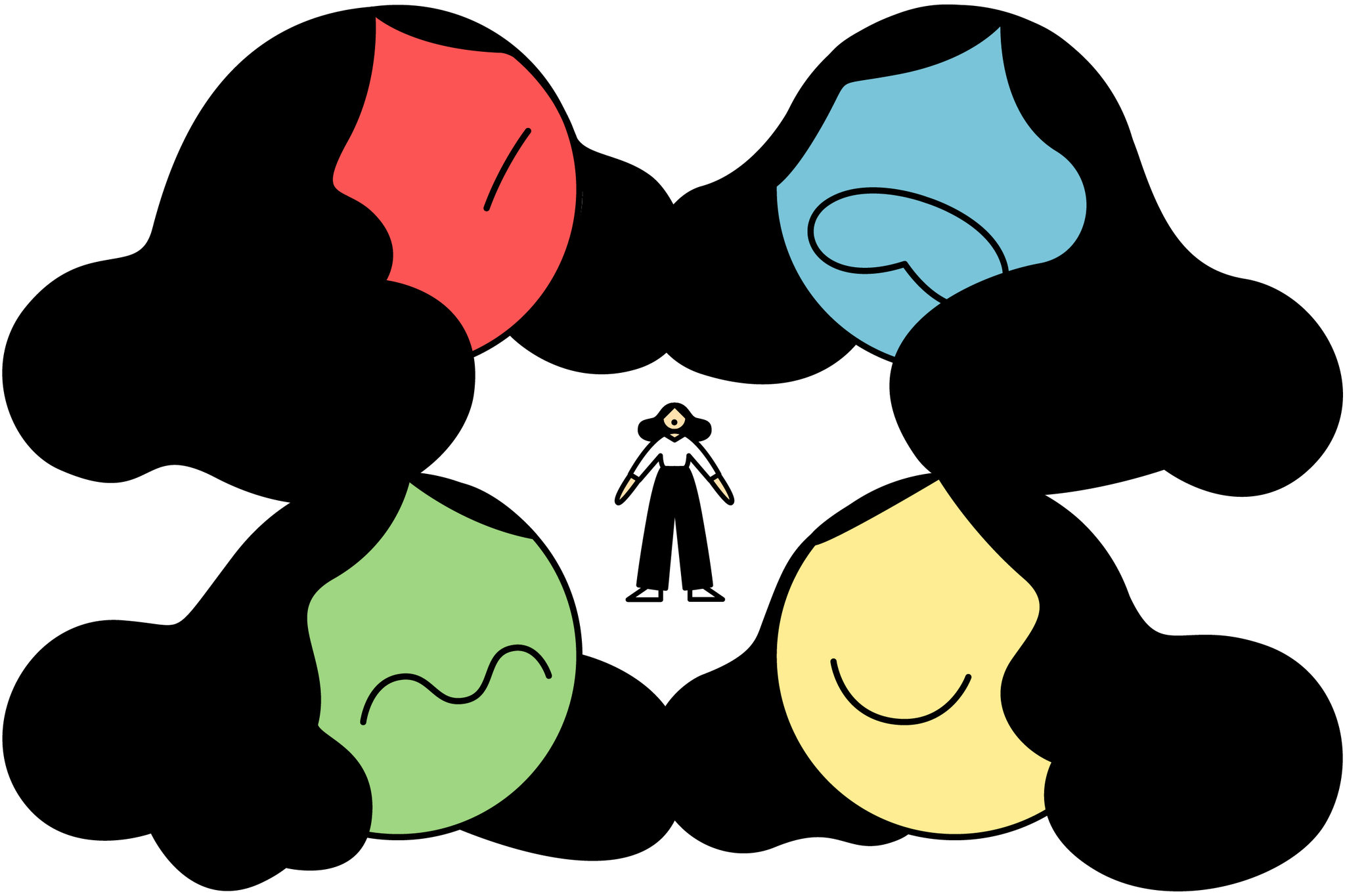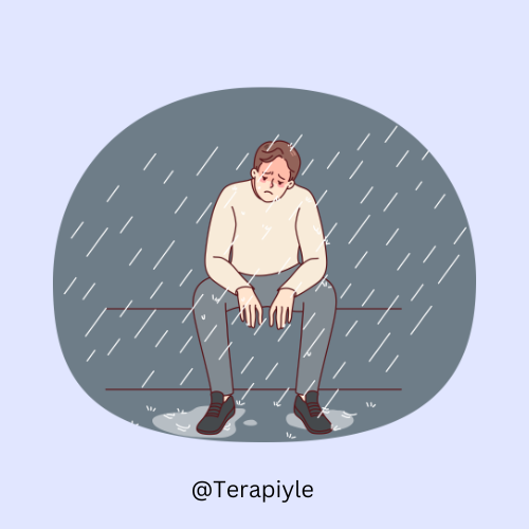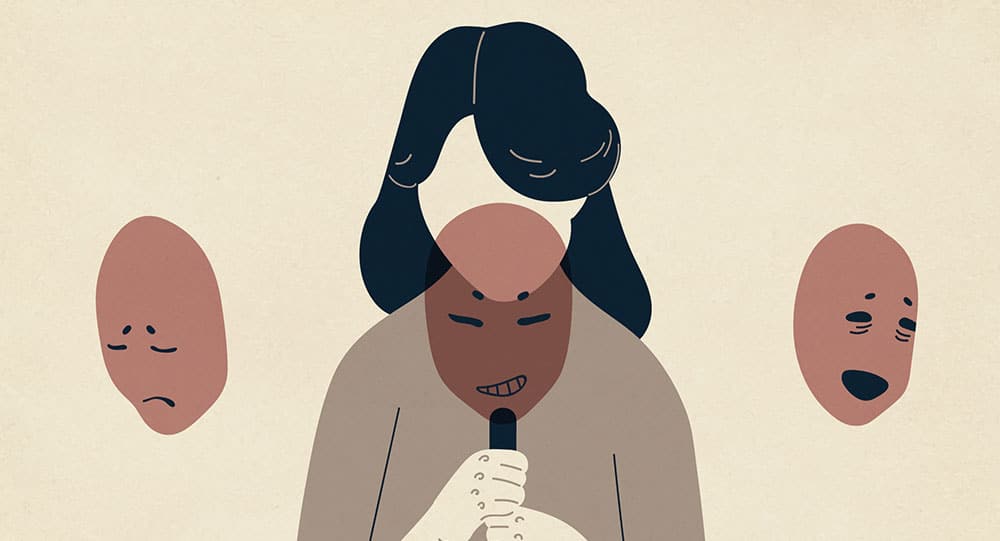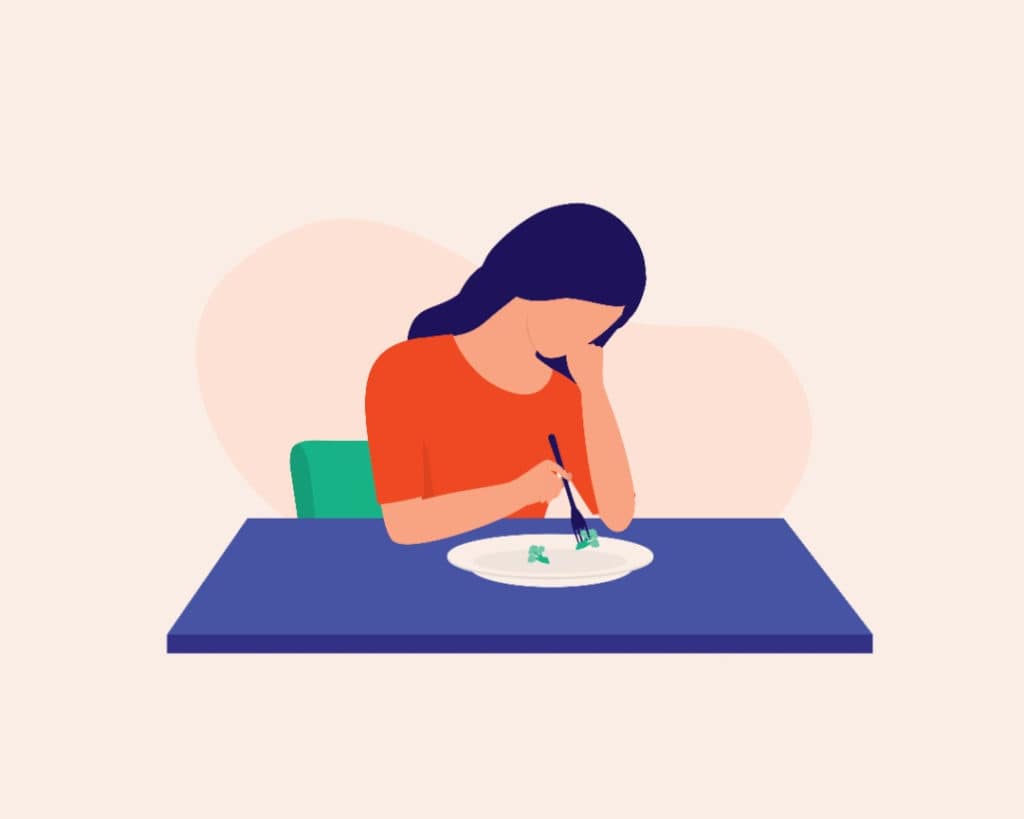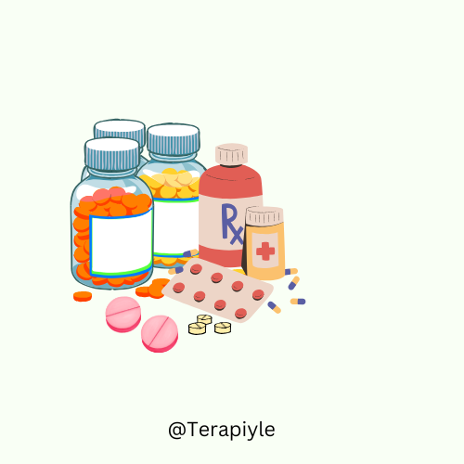Information About Schema Therapy and Its Areas of Application
Schema therapy is an effective therapeutic method that enables individuals to approach emotional problems in their lives from a deep-rooted perspective. Particularly prominent in the field of personal development, this form of therapy aims to resolve the effects of past traumas on the individual. In this article, we will answer questions such as what schema therapy is, how it is applied, and in which areas it is used.
What Is Schema Therapy?
Schema therapy is a therapeutic model developed by Dr. Jeffrey Young in the late 1980s. This therapy combines elements from different approaches, including cognitive-behavioral therapy, psychodynamic therapy, and Gestalt therapy. Schema therapy helps individuals identify and modify negative thought patterns (schemas) that exist in their minds.
Core Principles
- Identifying Schemas: During therapy, individuals recognize the thought patterns that harm them.
- Exploring the Past: The connection between past traumas and current issues is examined.
- Behavioral Change: Strategies are developed to replace negative schemas with positive thought patterns.
Areas of Application of Schema Therapy
In addition to improving psychological well-being, schema therapy can be effectively used in multiple areas. Here are some of them:
1. Personal Development
Schema therapy supports individuals in exploring their inner world and contributes to their personal growth. It enables them to take significant steps toward self-understanding and self-improvement.
2. Treatment of Anxiety and Depression
This therapeutic method is particularly effective in treating mental health issues such as anxiety disorders and depression. Individuals learn to manage negative thoughts and emotional reactions.
3. Relationship Problems
Schema therapy is also commonly used in addressing relationship issues. Individuals examine their past schemas to improve their ability to form and maintain healthy relationships. Relationship patterns are reviewed to prevent emotional conflicts and misunderstandings.
4. Exam and Performance Anxiety
Schema therapy is beneficial for individuals experiencing exam or performance anxiety. During the process, past failures or judgments are explored, and strategies are developed to overcome these challenges.
5. Overcoming Bad Habits
Schema therapy stands out as an effective method for individuals struggling with alcohol, substance addiction, or other harmful habits. By uncovering the root causes of their addictions, individuals learn new coping mechanisms.
6. Psychological Trauma
Schema therapy helps reduce the impact of past traumas. Individuals gain an understanding of how trauma has shaped them, enabling them to manage its effects in a healthier way.
The Process of Schema Therapy
Schema therapy is typically conducted through sessions with a therapist. The therapy process can be summarized as follows:
- Assessment: The first sessions begin with an evaluation to understand the individual’s past and schemas.
- Goal Setting: The goals of the therapy process are determined together with the individual.
- Exploring Schemas: The individual works to understand their thought patterns and their origins.
- Developing Strategies: New coping methods and healthy thought patterns are developed.
- Follow-Up: Progress is regularly reviewed.
Conclusion
Schema therapy is an effective model that helps individuals overcome past traumas and negative thought patterns. Its wide range of applications—from personal development to anxiety, relationship problems, and overcoming bad habits—shows how comprehensive this method is. If you are experiencing emotional difficulties, considering the benefits of schema therapy may be a valuable step toward healing.





















